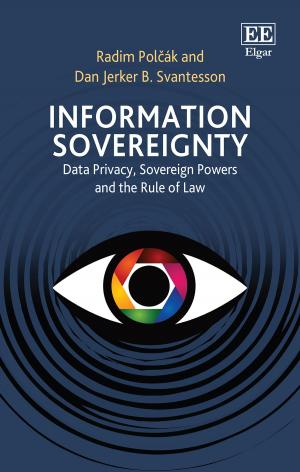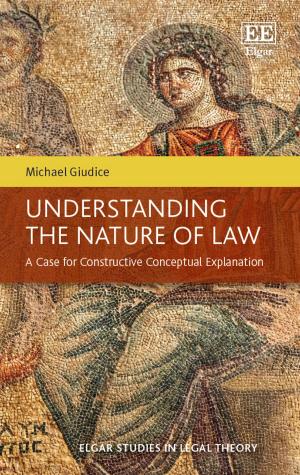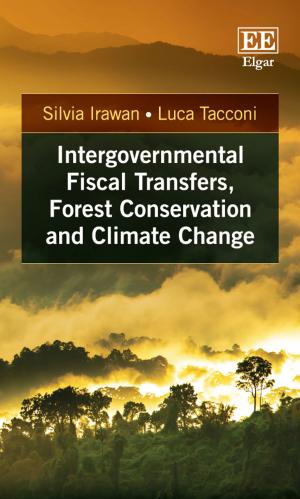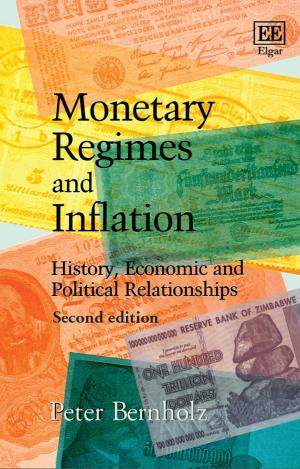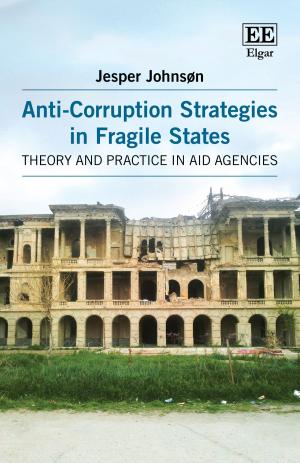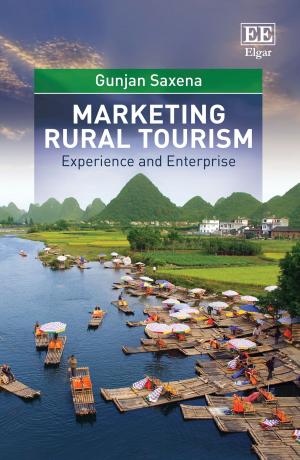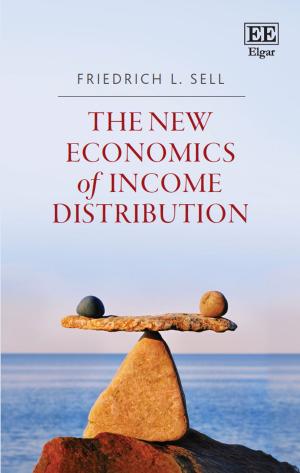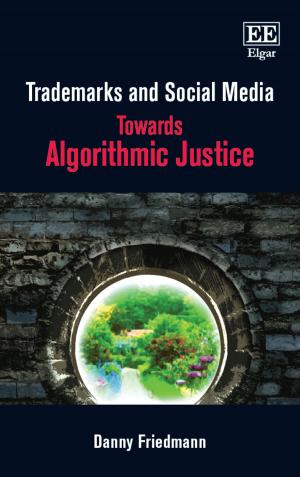Arts, Culture and the Making of Global Cities
Creating New Urban Landscapes in Asia
Business & Finance, Economics, Urban & Regional, Nonfiction, Science & Nature, Nature| Author: | C., Lily Kong, Ching Chia-ho, Chou Tsu-Lung | ISBN: | 9781784715847 |
| Publisher: | Edward Elgar Publishing | Publication: | January 30, 2015 |
| Imprint: | Language: | English |
| Author: | C., Lily Kong, Ching Chia-ho, Chou Tsu-Lung |
| ISBN: | 9781784715847 |
| Publisher: | Edward Elgar Publishing |
| Publication: | January 30, 2015 |
| Imprint: | |
| Language: | English |
While global cities have mostly been characterized as sites of intensive and extensive economic activity, the quest for global city status also increasingly rests on the creative production and consumption of culture and the arts. Arts, Culture and the Making of Global Cities examines such ambitions and projects undertaken in five major cities in Asia: Beijing, Shanghai, Hong Kong, Taipei and Singapore.Providing a thorough comparison of their urban imaging strategies and attempts to harness arts and culture, as well as more organically evolved arts activities and spaces, this book analyses the relative successes and failures of these cities. Offering rich ethnographic detail drawn from extensive fieldwork, the authors challenge city strategies and existing urban theories about cultural and creative clusters and reveal the many complexities in the art of city-making. This noteworthy study will appeal to undergraduate and graduate students, as well as academics from a variety of disciplines -ranging from urban and cultural geography to Asian studies. Arts and cultural policy makers and artists will also find this a fascinating read.
While global cities have mostly been characterized as sites of intensive and extensive economic activity, the quest for global city status also increasingly rests on the creative production and consumption of culture and the arts. Arts, Culture and the Making of Global Cities examines such ambitions and projects undertaken in five major cities in Asia: Beijing, Shanghai, Hong Kong, Taipei and Singapore.Providing a thorough comparison of their urban imaging strategies and attempts to harness arts and culture, as well as more organically evolved arts activities and spaces, this book analyses the relative successes and failures of these cities. Offering rich ethnographic detail drawn from extensive fieldwork, the authors challenge city strategies and existing urban theories about cultural and creative clusters and reveal the many complexities in the art of city-making. This noteworthy study will appeal to undergraduate and graduate students, as well as academics from a variety of disciplines -ranging from urban and cultural geography to Asian studies. Arts and cultural policy makers and artists will also find this a fascinating read.


